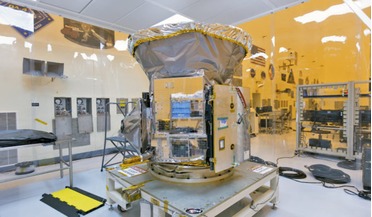 19 February 2018
TESS arrives in Florida ahead of its April launch
19 February 2018
TESS arrives in Florida ahead of its April launch
... targets for follow-up observations with large ground telescopes, the Hubble Space telescope and the James Webb Space Telescope, which is set for launch next year.
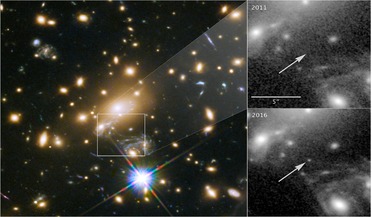 03 April 2018
Astronomers unexpectedly find the most distant star ever discovered
03 April 2018
Astronomers unexpectedly find the most distant star ever discovered
... primordial black holes with about 30 times the mass of the Sun or less. Nonetheless, once the James Webb Space Telescope gets off the ground, the team suggest that with microlensing, it will be possible to study...
 03 August 2018
Plate tectonics not needed for life, but UV light is
03 August 2018
Plate tectonics not needed for life, but UV light is
... away at the moment to probe with current technology, next-generation telescopes, such as NASA's TESS and James Webb Telescopes, will hopefully find many more just like them. "There's an important distinction between what is necessary...
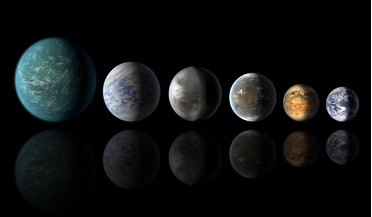 20 August 2018
Galaxy should be teeming with water-worlds say researchers
20 August 2018
Galaxy should be teeming with water-worlds say researchers
... with current ground-based and space-bourne telescopes. However with the impending launch of the James Webb Space Telescope – the successor to the Hubble space telescope – in 2021, their task will hopefully be made considerably...
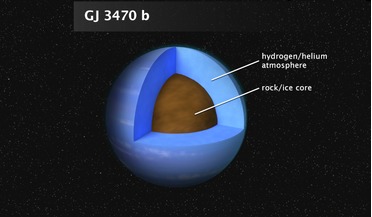 03 July 2019
New study reveals detailed exoplanet atmosphere
03 July 2019
New study reveals detailed exoplanet atmosphere
..., as they limit the depth at which they can peer through the skies. With NASA's upcoming James Webb Space Telescope getting ready for launch though that should all change, as its unprecedented sensitivity in the...
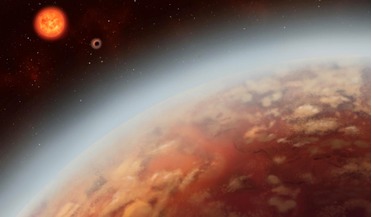 11 September 2019
First detection of atmospheric water vapour on 'super-Earth' in habitable zone
11 September 2019
First detection of atmospheric water vapour on 'super-Earth' in habitable zone
... other planets like it, scientists will have to wait a few more years when the likes of the James Webb Space Telescope (JWST) and the ARIEL telescope are launched, so that other molecular species can be detected...